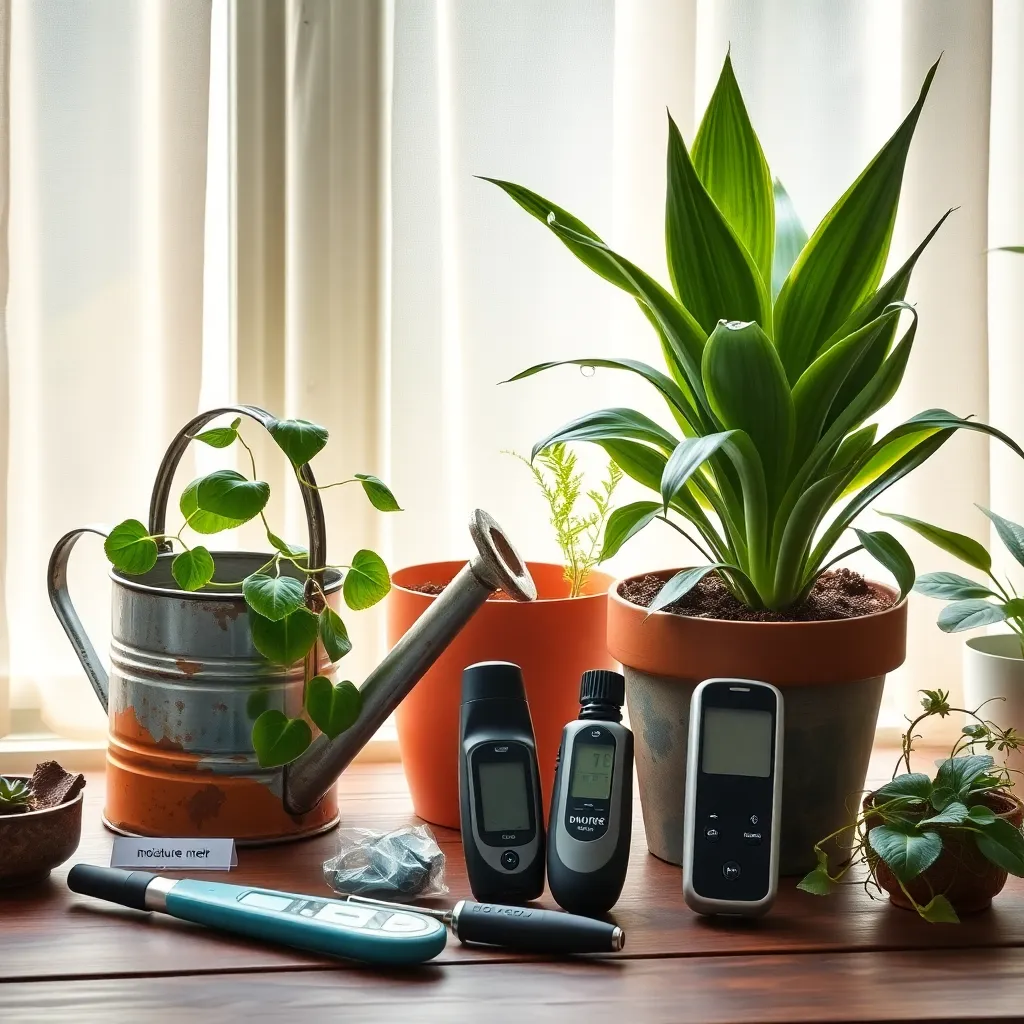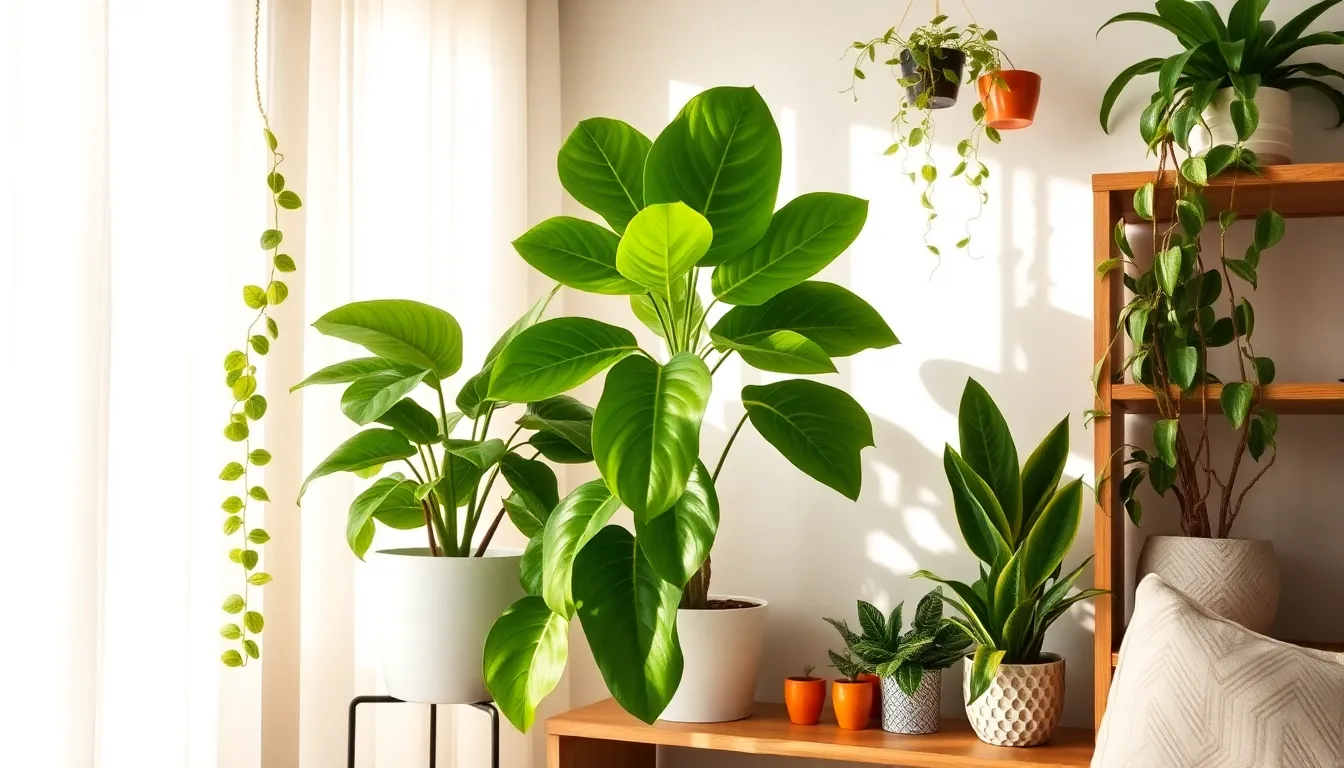There’s a special joy in nurturing a houseplant, watching it flourish, and knowing that your care has brought a little bit of nature indoors. However, even the most attentive plant enthusiast can stumble into common pitfalls that turn vibrant leaves into drooping fronds. Whether you’re just starting your indoor garden or have a home brimming with potted greenery, understanding these frequent mistakes can make all the difference in the health and happiness of your plants.
Seasoned gardeners and newcomers alike will find value in recognizing and sidestepping these common errors. This article will guide you through five typical houseplant blunders, offering practical tips to keep your indoor oasis thriving. By identifying these missteps and learning how to avoid them, you’ll be well-equipped to transform your space into a thriving green sanctuary. Let’s embark on this journey together and ensure your plants live their best, most vibrant lives.
Select Appropriate Pot Size
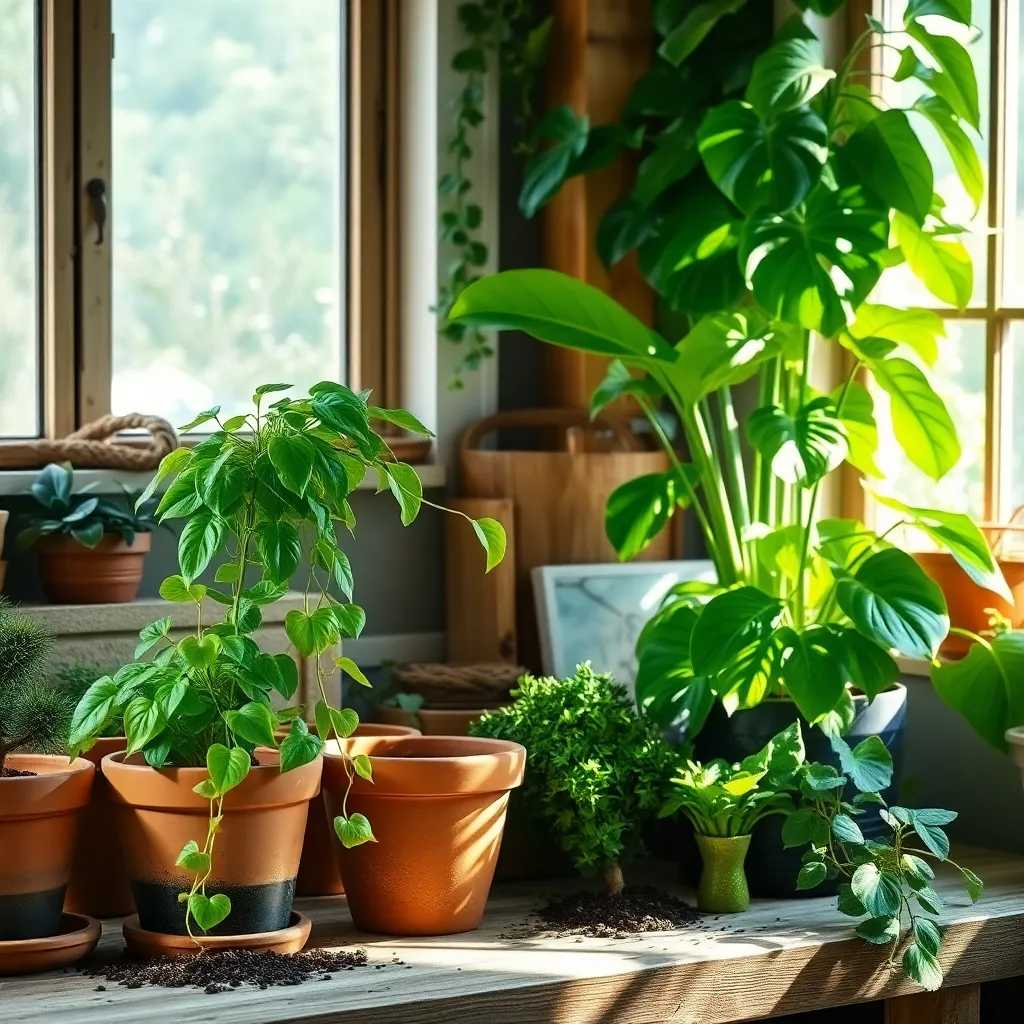
Choosing the right pot size is crucial for the health and growth of your houseplants. A pot that is too small can restrict root growth, while an oversized pot may lead to overwatering issues.
Start with a pot that is one to two inches larger in diameter than the plant’s root ball for most small to medium-sized plants. For larger plants, consider a pot that is two to four inches larger, allowing ample room for root expansion.
Ensure the pot has drainage holes to prevent water from sitting at the bottom, which can cause root rot. A well-draining potting mix, such as one with perlite or sand, will also help manage moisture levels effectively.
For plants like succulents and cacti, a shallower pot is beneficial as these plants have shallow root systems. In contrast, deeper pots are better for plants with extensive root systems, like snake plants or fiddle leaf figs.
Ensure Proper Light Exposure
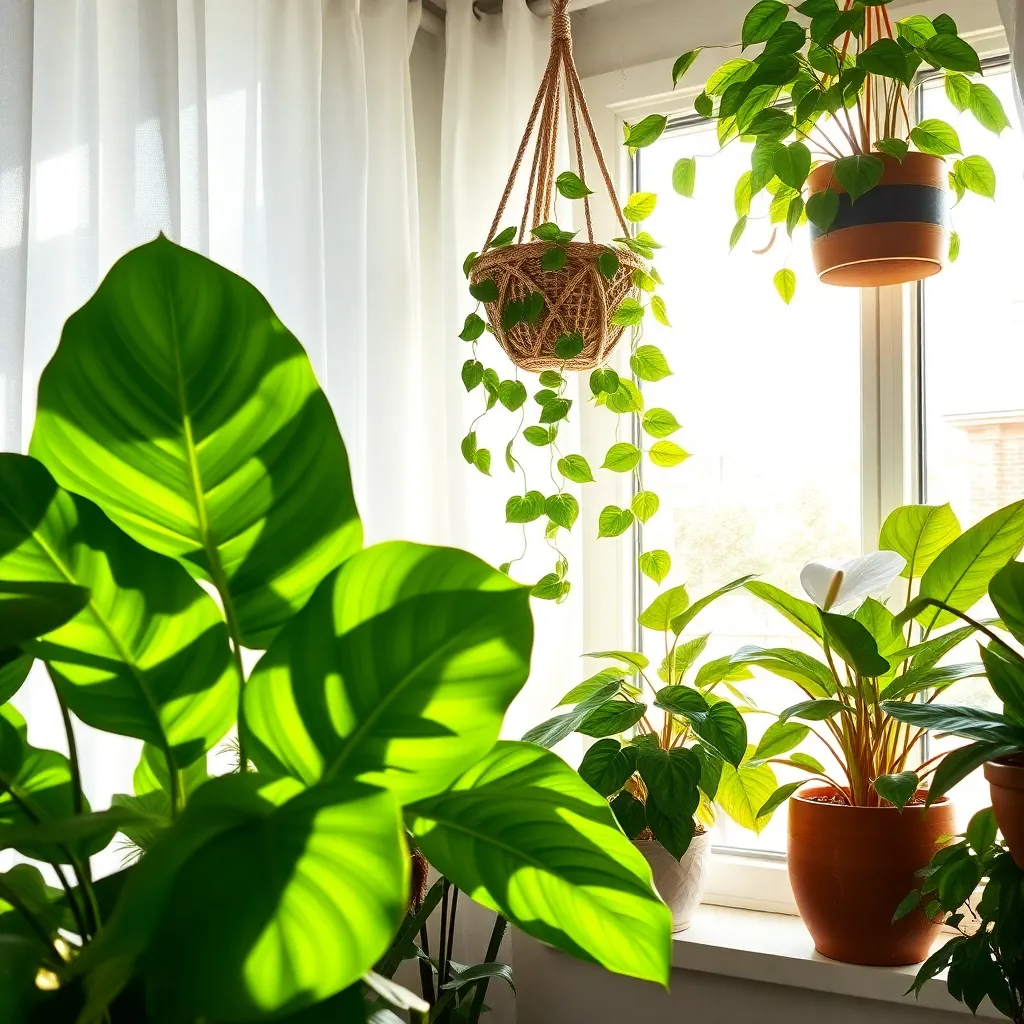
Proper light exposure is crucial for the health of your houseplants. Without sufficient light, plants may exhibit poor growth, leggy stems, and faded leaves. To determine the right spot for your plant, consider its natural habitat. For instance, a succulent from a desert environment will thrive in bright, direct light, while a fern from a shady forest floor prefers indirect light.
Many houseplants require bright, indirect light to flourish. Place them near a window with filtered sunlight or use sheer curtains to diffuse direct rays. If you’re unsure about your home’s light conditions, you might want to use a light meter. This tool can help measure the light intensity in different areas, ensuring your plant receives the right amount.
For those with limited natural light, consider using grow lights to supplement your plant’s needs. LED grow lights are energy-efficient and can be customized to provide specific wavelengths beneficial for plant growth. Position the lights 6-12 inches above your plants, and run them for about 12-16 hours a day to mimic natural sunlight. Always monitor your plants for signs of too much or too little light, such as leaf scorching or yellowing, and adjust their position or light exposure accordingly.
Rotate your plants periodically to ensure even light exposure on all sides. This simple practice prevents your plant from leaning towards the light source and promotes balanced growth. Keep in mind that as the seasons change, so does the angle and intensity of sunlight. Regularly reassess the light conditions and adjust your plants’ positions to maintain optimal exposure year-round.
Water with Correct Frequency

Watering your houseplants with the correct frequency is crucial to their health and vitality. Overwatering is a common mistake that can lead to root rot, while underwatering may cause wilting and leaf drop.
To determine the right watering schedule, consider the specific needs of each type of plant you own. Cacti and succulents generally require less frequent watering, often only once every two to three weeks, while tropical plants like ferns and calatheas might need watering weekly or even more often.
Assess the moisture level of the soil by sticking your finger about an inch into the soil; if it feels dry, it’s time to water. Investing in a moisture meter can provide more accurate readings, ensuring you’re not guessing about the soil’s condition.
When you water, ensure you’re doing so thoroughly until water drains from the bottom of the pot, which encourages deep root growth. Use room-temperature water to avoid shocking the plant’s roots, and consider rainwater or distilled water for more sensitive species.
Monitor for Pest Infestations
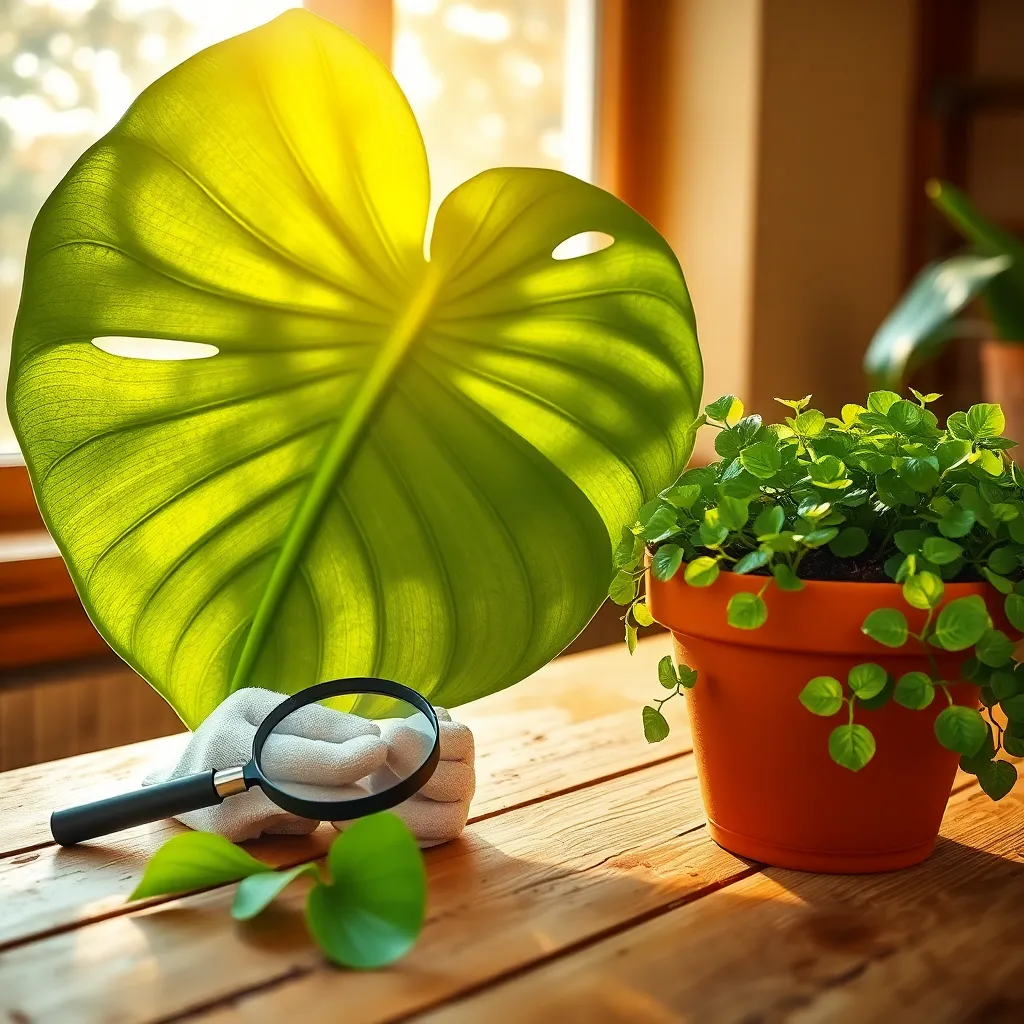
Monitoring your houseplants for pest infestations is crucial to maintaining their health. Regularly inspect the leaves, stems, and soil for signs of pests like aphids, spider mites, and mealybugs.
Look for common indicators such as discolored leaves, sticky residue, or webbing. Early detection allows for easier control and prevents pests from spreading to other plants.
For beginners, using a magnifying glass can help in identifying tiny pests more effectively. Advanced gardeners might consider introducing natural predators like ladybugs or lacewings to control pest populations organically.
Keep your plants healthy by ensuring proper air circulation, as stagnant air can encourage pest infestations. Prune any dead or diseased foliage to reduce hiding spots for pests and improve overall plant health.
If you discover a pest problem, start with mild solutions such as insecticidal soap or neem oil. For severe infestations, consider isolating the affected plant to prevent spreading and consult a gardening expert for advanced treatment options.
Rotate for Even Growth
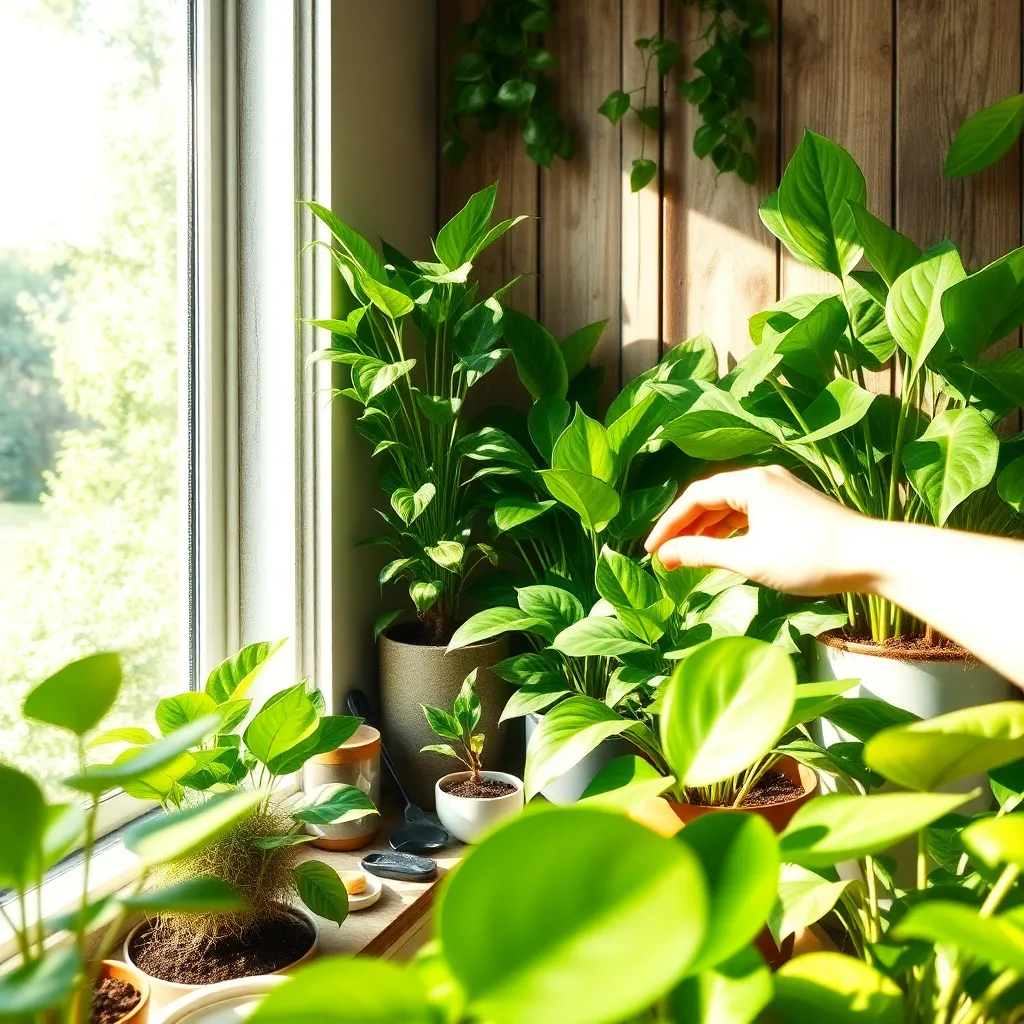
One common oversight in houseplant care is failing to rotate the plants regularly. Over time, plants can grow unevenly because they naturally lean toward the light source, leading to a lopsided appearance. To promote uniform growth, rotate your houseplants 90 degrees every week. This simple action helps ensure all sides receive equal exposure to light, allowing for balanced development.
It’s important to understand that not all houseplants have the same light requirements. While most benefit from being rotated, some shade-loving plants might not need as much light exposure. For example, ferns and snake plants generally thrive in lower light conditions, so adjust your rotation schedule accordingly to prevent overexposure.
Consider the type of light your plant receives to determine an appropriate rotation strategy. South-facing windows typically offer the brightest light, which may require more frequent rotation to prevent scorching on sensitive leaves. Conversely, plants positioned near east or west-facing windows might need less frequent adjustments. Observing how your plant responds to light can guide your rotation practices.
For advanced gardeners, consider the seasonal changes in sunlight intensity and direction. During the winter, when light levels are lower, you might need to adjust the rotation schedule to every two weeks. By staying attuned to your plant’s growth patterns and environmental changes, you can optimize their growth and ensure they remain healthy and vibrant year-round.
Conclusion: Growing Success with These Plants
In nurturing your houseplants, we’ve explored five key relationship principles that resonate deeply with our personal connections. Firstly, understanding individual needs—just as each plant requires specific care, so too do our partners. Secondly, consistency is key; relationships, like plants, thrive on regular attention and care. Thirdly, communication is vital; both plants and partners benefit from clear, nurturing signals. Fourthly, patience is essential; growth, whether in love or foliage, takes time. Lastly, adaptability allows us to adjust to changing needs and environments, ensuring flourishing bonds.
To cultivate these principles in your relationships, choose one area to focus on today—perhaps enhancing communication or practicing patience—and take a concrete step towards improvement. As you embark on this journey, remember to save this article as your go-to guide for nurturing both your plants and your relationships. By doing so, you’ll have a handy reference to keep your connections thriving.
Looking ahead, embracing these nurturing habits promises to enrich your relationships, laying the groundwork for lasting success and fulfillment. With each step you take, you’re growing not only your garden but also the depth and resilience of your relationships.


